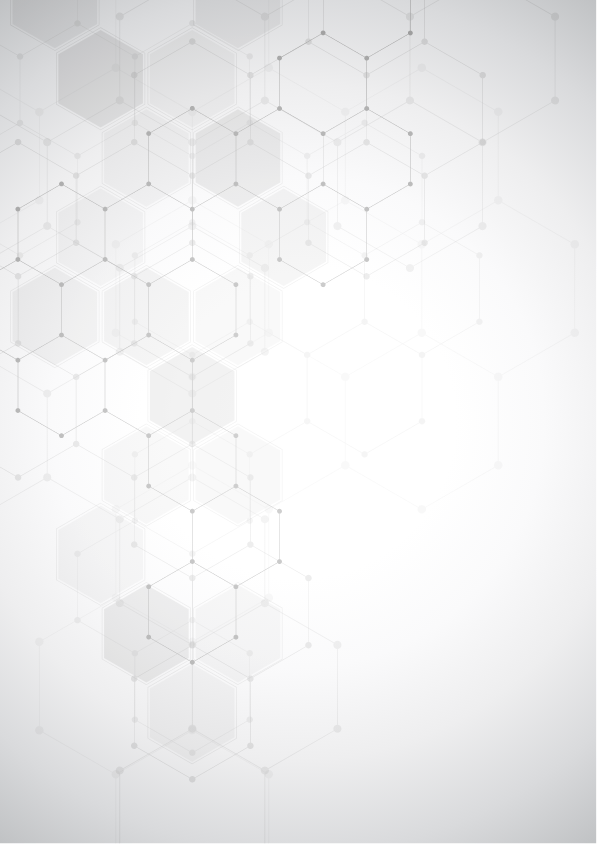This is an early access version
Faculty of Medicine Foča, University of East Sarajevo , Lukavica , Bosnia and Herzegovina
Faculty of Medicine Foča, University of East Sarajevo , Lukavica , Bosnia and Herzegovina
University Hospital Foča Bosnia and Herzegovina
Faculty of Medicine Foča, University of East Sarajevo , Lukavica , Bosnia and Herzegovina
Inguinal hernia represents a significant global health challenge, with more than 20 million operations performed annually. This paper provides a comprehensive review of contemporary practice, critically analyzing the evolution of treatment from the concept of the “gold standard” toward a personalized approach. The study integrates the latest epidemiological data, analyzes risk factors, and offers a comparative assessment of surgical techniques, focusing on the Lichten
stein technique and minimally invasive approaches. Special attention is devoted to redefining chronic postoperative pain, discussing controversies such as the use of synthetic meshes in contaminated fields, and examining the long-term outcomes of the “watchful waiting” strategy. The findings indicate that the success of intervention depends on surgeon experience, hernia and patient characteristics, as well as resource availability, which is particularly illustrated by the analysis of practice in Bosnia and Herzegovina. It concludes that achieving optimal outcomes requires long-term patient follow-up, standardization of protocols, and holistic economic analysis, together with the implementation of innovative technologies such as artificial intelligence in preoperative planning.
Investigation, R.M.; Supervision, N.L.; Formal Analysis, S.K. All authors have read and agreed to the published version of the manuscript.
Authors retain copyright. This work is licensed under a Creative Commons Attribution 4.0 International License. 

The statements, opinions and data contained in the journal are solely those of the individual authors and contributors and not of the publisher and the editor(s). We stay neutral with regard to jurisdictional claims in published maps and institutional affiliations.